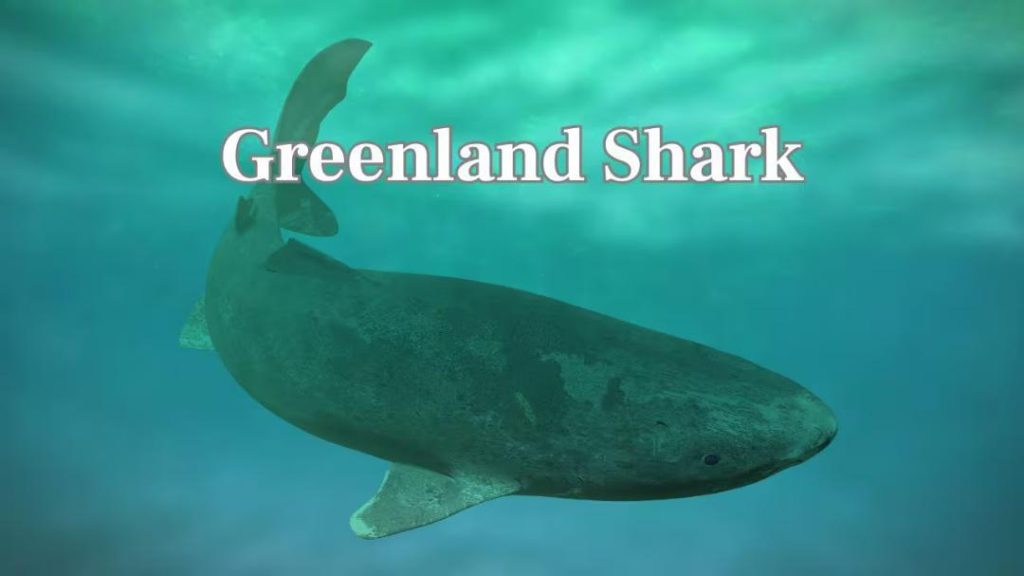
What are Greenland Sharks, Vertebrates that can Live Over 400 Years?
In the depths of the Atlantic Ocean, a mysterious and elusive creature has been making headlines for its astonishing ability to defy the laws of nature. The Greenland shark, a rare deep-sea species, has been found to be the oldest-living vertebrate on record, with one female estimated to be nearly 400 years old. This incredible feat has left scientists and marine biologists in awe, sparking a renewed interest in the biology and habits of these ancient creatures.
The Greenland shark (Somniosus microcephalus) is a species of shark that inhabits the cold, dark waters of the North Atlantic, including the Arctic and sub-Arctic regions. They are a slow-growing species, with adults reaching lengths of up to 7 meters (23 feet) and weighing up to 1,000 kilograms (2,200 pounds). What’s remarkable about these sharks is their ability to live for centuries, far outliving any other vertebrate on record.
One female Greenland shark, estimated to be around 392 years old, was found by a team of scientists in 2016. This remarkable find was announced in a study published in the journal Science, which analyzed the shark’s growth rings, similar to those found in trees, to determine its age. The study revealed that the shark was born around 1625, making it one of the oldest-living animals on the planet.
So, what allows Greenland sharks to live for so long? The answer lies in their unique physiology and habitat. The cold, dark waters where they live have a significant impact on their metabolism and cellular health. At depths of over 400 meters (1,312 feet), the water temperature is just a few degrees above freezing, which slows down the shark’s metabolism. This, in turn, minimizes the damage caused by cellular oxidation, allowing their cells to remain healthy for centuries.
In addition, Greenland sharks have a very low growth rate, with adults growing only about 1 centimeter (0.4 inches) per year. This slow growth rate, combined with their long lifespan, means that they can live for hundreds of years without ever reaching their full size. In fact, it’s estimated that Greenland sharks don’t reach maturity until around 150 years of age, which is an incredibly long time for a vertebrate.
The slow growth rate of Greenland sharks is thought to be an adaptation to their environment. In the cold, food-scarce waters of the deep sea, it’s likely that energy conservation is crucial for survival. By growing slowly, Greenland sharks can conserve energy and focus on reproduction, allowing them to thrive in an environment that would be hostile to most other species.
Despite their incredible longevity, Greenland sharks are still vulnerable to threats such as climate change, pollution, and overfishing. As the world’s oceans continue to warm and acidify, their habitats are under increasing pressure, making conservation efforts crucial to protect these ancient creatures.
In conclusion, the Greenland shark is an extraordinary animal that has captured the imagination of scientists and the public alike. Their ability to live for centuries is a testament to their remarkable biology and adaptation to their environment. As we continue to learn more about these incredible creatures, we are reminded of the importance of preserving our oceans and the incredible species that call them home.






